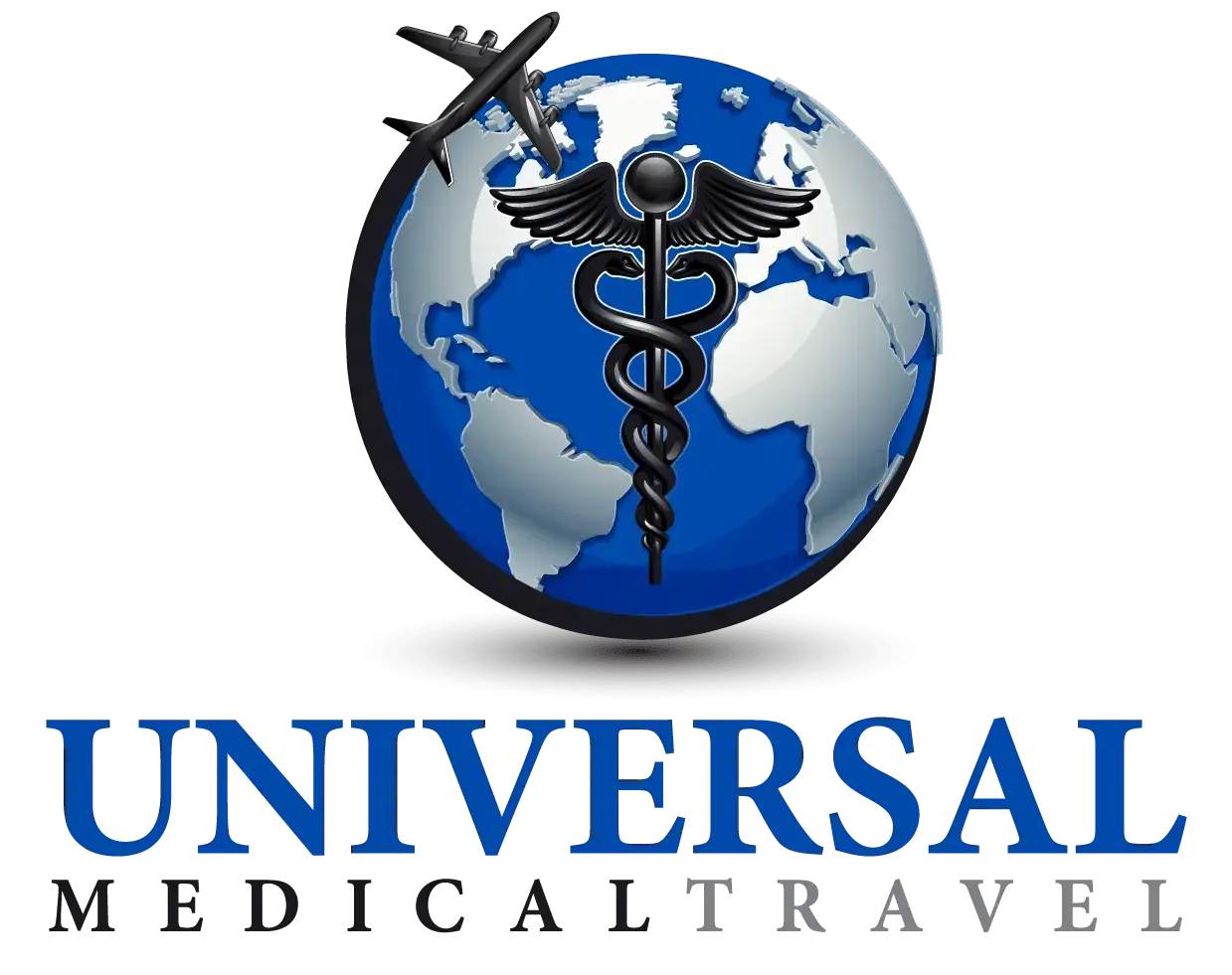Cancer treatment is a critical aspect of healthcare worldwide, and both Europe and the United States are global leaders in offering advanced care. While both regions boast cutting-edge technology, highly skilled professionals, and groundbreaking research, significant differences exist in how cancer treatment is delivered, funded, and accessed. Here, we provide a detailed comparison of cancer treatment in Europe and the US to help patients, policymakers, and healthcare providers understand their options.
1. Healthcare Systems and Accessibility
Europe:
- Most European countries operate under a universal healthcare system, ensuring that cancer treatments are accessible to the majority of the population regardless of income.
- Treatment costs are largely covered by government funding or mandatory health insurance schemes, minimizing out-of-pocket expenses for patients.
- Waiting times for treatment can vary depending on the country and the type of cancer, but many nations prioritize life-threatening conditions, ensuring faster access for cancer patients.
United States:
- The US healthcare system is predominantly private, with a mix of employer-sponsored insurance, government programs like Medicare and Medicaid, and individual policies.
- Treatment accessibility often depends on insurance coverage, which can lead to disparities based on socioeconomic status.
- The absence of universal healthcare can result in high out-of-pocket costs for uninsured or underinsured patients, potentially delaying or limiting treatment.
2. Innovation and Technology
Europe:
- Europe’s pharmaceutical industry is a major player in global oncology research, contributing significantly to the development of new cancer drugs and therapies.
- Many European countries have implemented centralized cancer registries and research networks, facilitating large-scale clinical studies.
- Access to the latest treatments may be slower due to regulatory processes, as the European Medicines Agency (EMA) approves drugs for the EU market.
United States:
- The US is renowned for its rapid adoption of innovative treatments and technologies, often leading the way in clinical trials and cutting-edge therapies.
- The Food and Drug Administration (FDA) has expedited pathways for groundbreaking cancer treatments, allowing faster approval of life-saving drugs.
- Advanced facilities like MD Anderson Cancer Center and Memorial Sloan Kettering Cancer Center are globally recognized for pioneering new treatments.
3. Cost of Treatment
Europe:
- Cancer treatment costs in Europe are significantly lower due to price negotiations with pharmaceutical companies and government subsidies.
- Patients often pay minimal or no fees for surgeries, chemotherapy, radiation, and follow-up care.
- Cost-containment measures, while beneficial for affordability, sometimes result in limited availability of certain high-cost drugs or therapies.
United States:
- Cancer treatment in the US is among the most expensive globally, with costs for advanced therapies reaching hundreds of thousands of dollars.
- While insurance can mitigate costs, high deductibles, copayments, and exclusions can still leave patients with substantial financial burdens.
- The high cost is partly attributed to the profit-driven nature of the healthcare system and limited regulation of drug prices.
4. Patient-Centered Care
Europe:
- Many European countries emphasize holistic and multidisciplinary care, integrating physical, psychological, and social support for cancer patients.
- Palliative care and survivorship programs are well-developed, ensuring quality of life during and after treatment.
- Shared decision-making is encouraged, with patients receiving detailed information about their treatment options.
United States:
- The US excels in personalized medicine, leveraging genetic and molecular profiling to tailor treatments to individual patients.
- Access to specialist care is often faster, particularly for those with comprehensive insurance plans.
- Support services, such as patient navigators and counseling, are widely available, though they may be cost-prohibitive for uninsured patients.
5. Outcomes and Survival Rates
Europe:
- Europe’s cancer survival rates are generally high, with variations depending on the country and type of cancer.
- Countries with strong healthcare systems, such as Spain, Germany, Italy, and Switzerland, report outcomes comparable to or better than the US.
United States:
- The US has some of the highest cancer survival rates globally, particularly for breast, prostate, and certain childhood cancers.
- Early adoption of innovative treatments and aggressive screening programs contribute to these outcomes.
- Disparities in outcomes persist due to inequities in access to care.
Conclusion
Europe and the United States both offer exceptional cancer care, but their approaches reflect broader differences in healthcare philosophy. Europe’s focus on accessibility and affordability ensures that treatment is available to all, while the US emphasizes innovation and individualized care, albeit at a higher cost. For patients, the ideal choice often depends on their specific needs, financial situation, and the type of cancer they face.
Future collaboration between these regions could combine the best of both worlds—achieving equitable access to cutting-edge treatments while maintaining high standards of care. Policymakers and healthcare leaders must learn from each other to address the global challenge of cancer more effectively.
Your Health Journey Starts Here – Connect with Our Consultants Today!
Please complete and submit a Patient Information Form to authorize our agency to forward your protected health information to the healthcare provider of your choice.Get 5% off your treatment by using discount code UMT5%.
Patient Information Form


